The Fiscal Year 2016 series of Red Flag exercises recently came to a close. Rob Edgcumbe provides an update on who was involved in the final exercise.
The recent approach to Red Flag exercises has involved four exercises each year with two early in the New Year and two in the middle of the year. There seems to be a pattern to the type of partners that get invited and which exercise they get invited to. Red Flag 16-4 followed closely after 16-3 but, unlike its predecessor, the USAF did not provide much coverage for the event. No media day was arranged although some press releases were issued during the course of the exercise. This may well relate to the sensitivity around the participation of the Israeli Air Force.
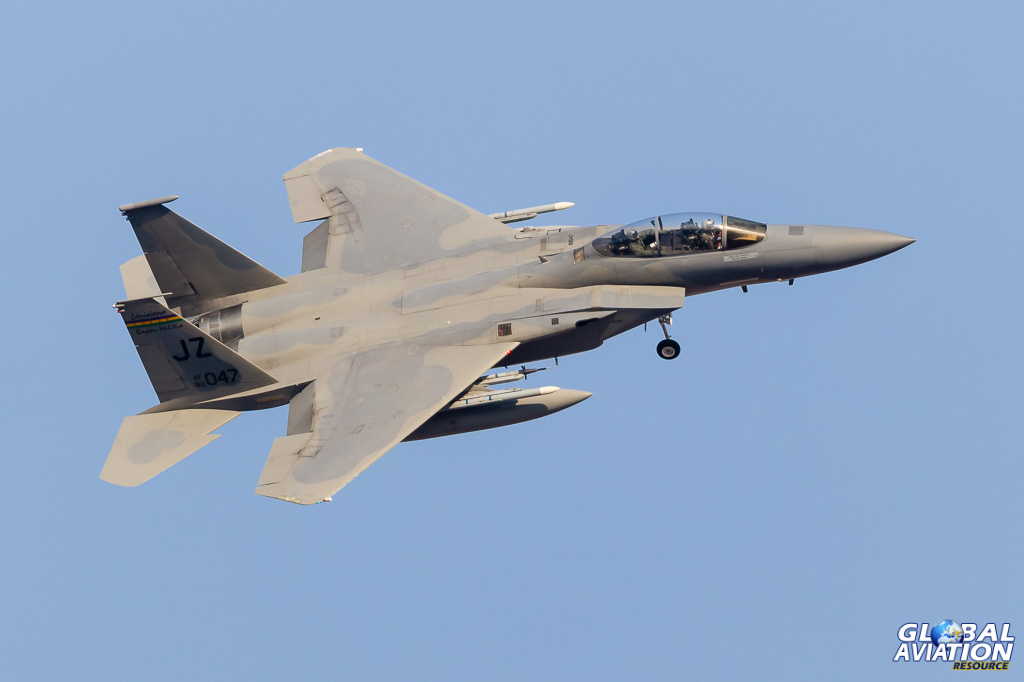
© Rob Edgcumbe – Global Aviation Resource

© Paul Filmer – Global Aviation Resource

© Rob Edgcumbe – Global Aviation Resource
As a result, it is not possible to report on any specific elements of the exercise or the goals that were set, nor to get detailed input on the participants and their perspectives on attending a Red Flag. Instead, this report provides some photographic records of the attendees. The USAF brought a familiar mix of types to the exercise. F-15E Strike Eagles from the 492nd Fighter Squadron ‘Madhatters’ at RAF Lakenheath operated alongside F-16Cs from the ‘Fighting 55th’ 55th Fighter Squadron at Shaw AFB with fighter cover from 122nd Fighter Squadron F-15Cs of the ‘Bayou Militia’ in New Orleans. Combat SAR elements are believed to have been a pair of HC-130Js of 71st Rescue Squadron at Moody AFB, plus US Navy MH-60S Seahawks from the ‘Screamin’ Indians’ of HSC-6 at NAS North Island. AWACS cover was provided by the usual E-3s from the 552nd Air Control Wing at Tinker AFB. Unusually, there was no USAF jet tanker support evident this time around.
Foreign participation was extensive. Israeli F-16I ‘Sufa’s were operating, sometimes supported by 120 Sqn Boeing 707 tankers. The ‘Sufa’ deployment was led by 119 Sqn but jets came from all four ‘Sufa’ squadrons: 107 at Hatzerim, and 119, 201 and 253 at Ramon. Spanish EF/A-18M Hornets led by Ala 12 from Torrejon but including Ala 15 jets from Zaragoza had support from KC-130H tankers of Ala 31 also from Zaragoza. Support was provided by an Airbus A310 plus a venerable Boeing 707. Pakistan’s 5 Sqn ‘Falcons’ from Shahbaz brought their latest Block 52 F-16s, fitted with conformal tanks like the ‘Sufa’s. UAE F-16E Desert Falcons from Al Dhafra were also present but didn’t participate in every mission.

© Rob Edgcumbe – Global Aviation Resource

© Rob Edgcumbe – Global Aviation Resource
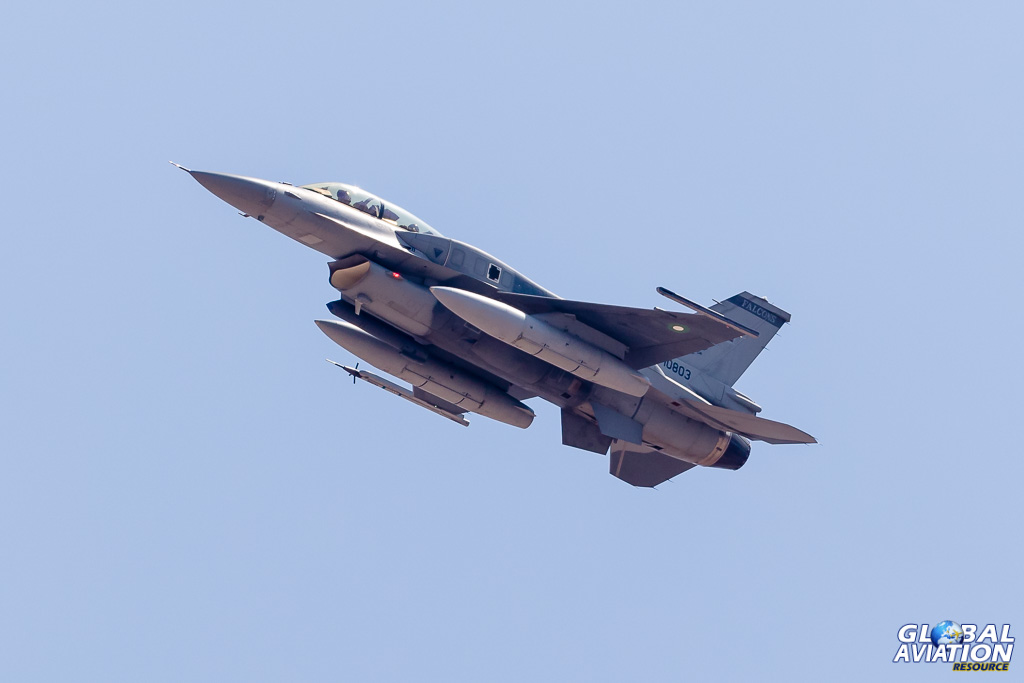
© Rob Edgcumbe – Global Aviation Resource
The main enemy of this exercise was not a foreign power, though. It was the weather and circumstance. A TA-4K Skyhawk of Draken International was lost on the morning of the first Thursday of the exercise. It suffered an engine failure as it turned downwind to land, returning from a Weapons School sortie. Additionally an HH-60G Pavehawk went down on the range that night. Thankfully all the crewmembers escaped these incidents, with only minor injuries. There was no flying on Friday although this was apparently weather related rather than a safety stand down. The following Monday evening a torrential storm swept across the base causing flash floods which covered the ramp and runways with debris. They were closed on the Tuesday as crews cleaned up. One runway was open by Wednesday morning and the other followed in the middle of the day but some taxiways remained out of use and take-offs resulted in clouds of dust. The main gate of the base was also a mess and the traffic entering and leaving threw up huge clouds of dust. Red Flag became Mud Flag.
Despite these obstacles, the exercise continued and the reduced number of flying days did not stop a high tempo of operations for the remainder of the exercise period. Now there will be a lull while the Red Flag organisation prepares for the 2017 series of exercises. Based on their previous feedback, the planning process is a long one and will already have commenced. We shall await news later in the year as to what countries and units/types will be participating next time.





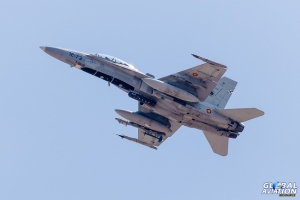


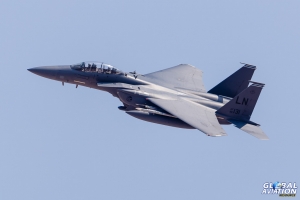
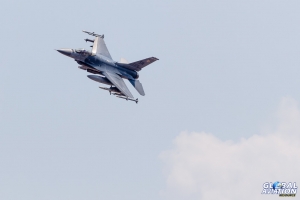

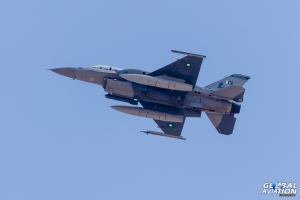

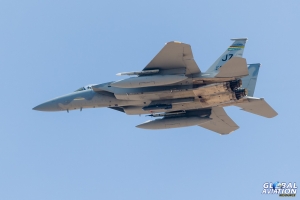

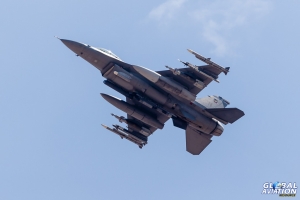

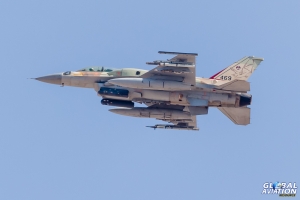

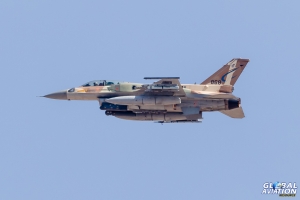



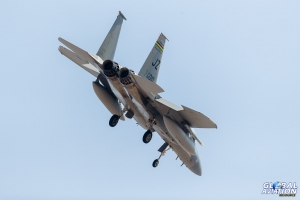
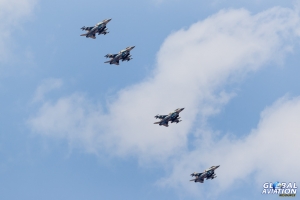


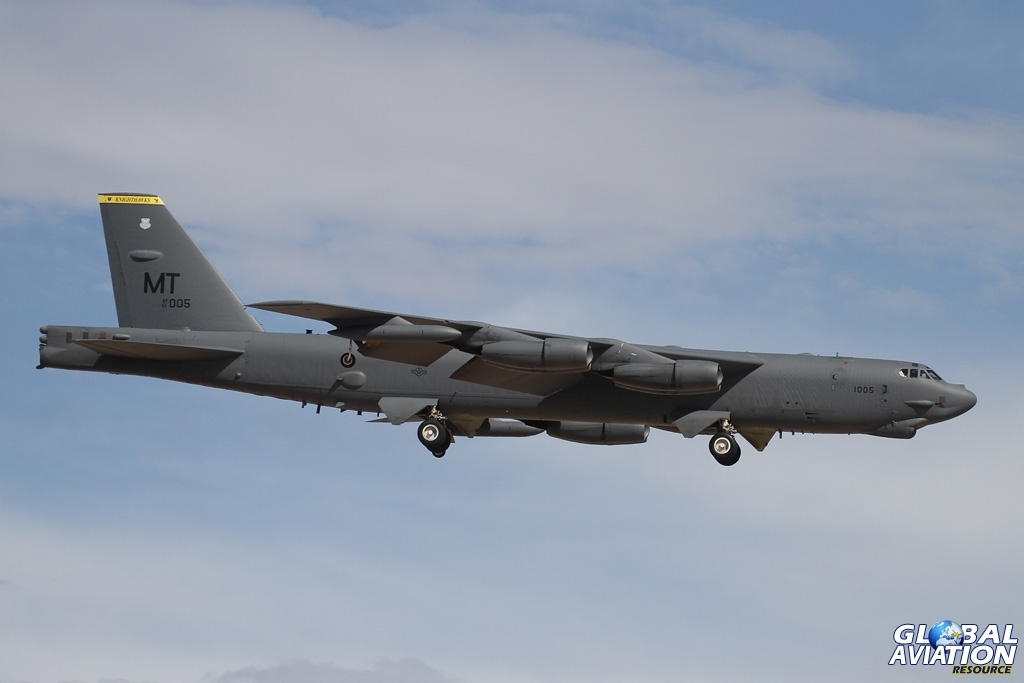



Is there something wrong with helping the reader with ID’ing the subject in the picture?